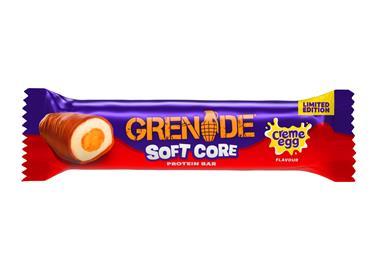Custom made: Christmas Confectonery
Consumers are unerringly loyal to traditional confactionery products from big brands over the festive period. Sarsh Britton investigates. From bell ringing to carol singing, Christmas is all about tradition. This is clearly reflected in...
ALREADY HAVE A REGISTERED USER ACCOUNT? PLEASE LOG IN HERE
To read the full story join the ConvenienceStore.co.uk community today!
Registration is quick and easy and provides access to:
- Unlimited ConvenienceStore.co.uk articles
- Our great range of newsletters
- Content you’ve saved for later via the ‘my library’ feature
And much more…































